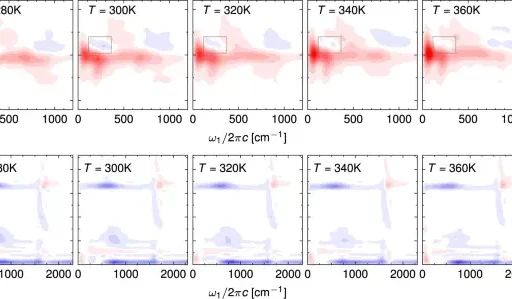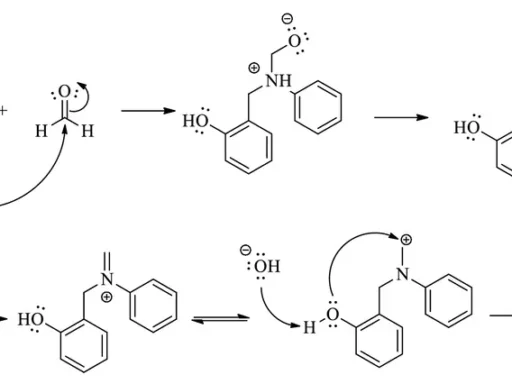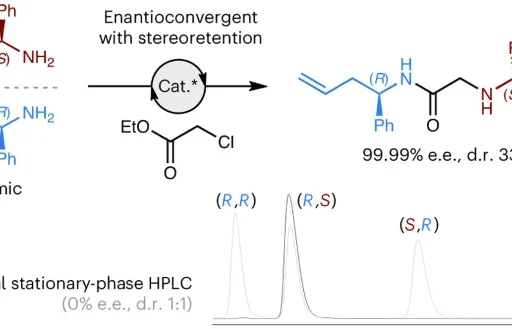Table of Contents
The advanced method of two-dimensional electronic spectroscopy (2DES) investigates the dynamics of molecules with exceptional accuracy and intricacy. 2DES is a groundbreaking method in the fields of physical chemistry and molecular biology that provides a multidimensional understanding of the electronic transitions occurring within molecules.
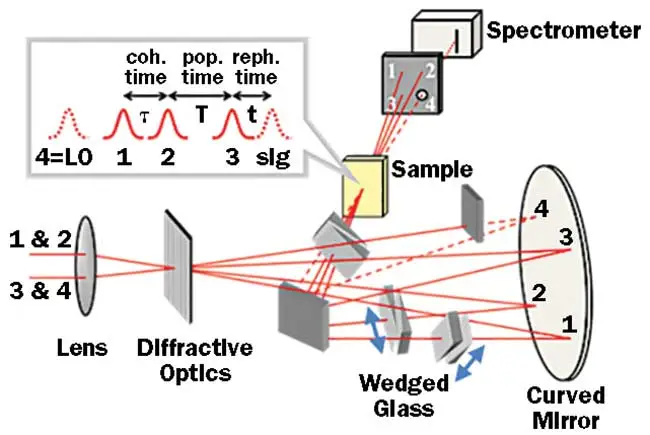
An overview of two-dimensional electronic spectroscopy:
The genesis of this spectroscopy arose from the desire to surpass the limitations of conventional one-dimensional spectroscopy techniques. Although one-dimensional spectroscopy offers essential insights into molecular structures and dynamics, it frequently falls short of capturing the complete intricacies of electrical interactions within molecules. On the other hand, It provides a thorough perspective by identifying connections between various electronic transitions, thus revealing the complex behavior of molecular systems.

The functioning of two-dimensional electronic spectroscopy:
The fundamental concepts of this spectroscopy involve the use of numerous laser pulses to examine the electronic states of molecules. Researchers can create two-dimensional maps that highlight the links between different electrical transitions by accurately manipulating the timing and frequencies of these pulses. This method allows for the observation of intricate energy transfer processes and aids in understanding the fundamental mechanisms that drive molecular dynamics.
Practically, this spectroscopy entails producing a sequence of laser pulses, usually within the femtosecond time range. Researchers aim the pulses toward the sample under study, where they interact with the molecules and induce electronic changes. Researchers can analyze the resulting signals, such as absorption or emission spectra, to rebuild two-dimensional correlation maps. These maps provide crucial insights into the electrical structure and dynamics of the system under investigation.
Uses of Two-Dimensional Electronic Spectroscopy:
This spectroscopy’s wide-ranging applicability has resulted in its extensive use across several scientific disciplines. Scientists often use 2DES to investigate photosynthetic systems. Through the analysis of energy transfer inside light-harvesting complexes, scientists can uncover the factors that drive photosynthetic efficiency and investigate methods to enhance solar energy conversion technology.
We use this spectroscopy to examine chemical reactions in addition to photosynthesis. It offers significant insights into reaction pathways, transition states, and reaction kinetics. Furthermore, It plays a crucial role in analyzing the properties of materials, such as semiconductor nanocrystals and organic polymers. It provides valuable information about the relationship between electronic structure and properties and aids in the development of new materials with specific features.
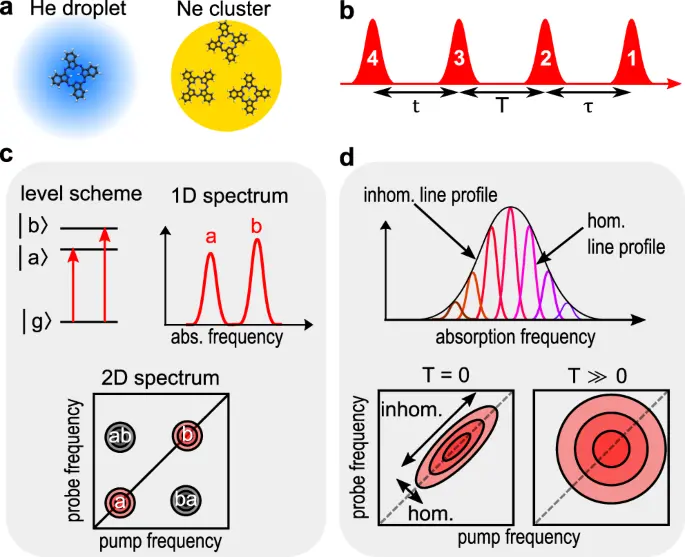
Benefits of two-dimensional electronic spectroscopy:
This spectroscopy has high resolution in both the frequency and temporal domains, which is one of its main advantages. Researchers can find tiny changes in the structure and dynamics of electrons using this spectroscopy because it can resolve fine spectrum features and track very fast processes with femtosecond temporal resolution. In addition, the capability to conduct time-resolved measurements enables the study of dynamic processes at their inherent time intervals, offering an invaluable understanding of temporary intermediates and reaction mechanisms.
Constraints of Two-Dimensional Electronic Spectroscopy:
Although this spectroscopy offers many benefits, it also poses certain difficulties. Analyzing 2DES data can be intricate, necessitating advanced computational approaches and theoretical models to get significant insights from the multidimensional data sets. Furthermore, practical constraints such as laser stability, pulse control, and sample preparation impose technical limitations on experimental setups. These limitations can impede the broad use of this spectroscopy (2DES) in specific research settings.

Ongoing research and advancements:
Recent years have witnessed notable progress in the domain of this spectroscopy, propelled by the integration of experimental and theoretical methodologies. Scientists have created new methods, such as multi-dimensional coherent spectroscopy and ultrafast optical microscopy, to improve the accuracy and detail of 2DES observations. Also, improvements in computer methods like quantum mechanical simulations and machine learning algorithms have made it easier to study and understand data better. This has led to big steps forward in areas like ultrafast photochemistry, quantum coherence, and biomolecular dynamics.
In conclusion:
This spectroscopy is a revolutionary approach to investigating molecular dynamics. It provides an exceptional understanding of the electronic structure and interactions of intricate molecules. Through the exploration of energy transfer mechanisms, chemical reactions, and material qualities, it is continuously expanding the limits of scientific investigation, fostering innovation, and uncovering new knowledge in several research areas.
Frequently Asked Questions:
1). The difference between one-dimensional and two-dimensional spectroscopy is the number of dimensions used to analyze the data.
One-dimensional spectroscopy focuses on the absorption or emission of light at a single frequency, while two-dimensional spectroscopy uncovers correlations between several frequencies, providing a more comprehensive understanding of molecular dynamics.
2). What is the role of two-dimensional electronic spectroscopy in enhancing our comprehension of molecular dynamics?
This spectroscopy offers an in-depth understanding of energy transfer processes, structural rearrangements, and other dynamic phenomena by examining the connections between electronic transitions in molecules.
3). Is it possible to utilize two-dimensional electronic spectroscopy in non-biological systems?
Indeed, organic and inorganic substances, as well as chemical and physical phenomena, can all benefit from the versatility of two-dimensional electronic spectroscopy.
4). Are there any commercially available pieces of equipment for two-dimensional electronic spectroscopy?
Indeed, multiple businesses provide commercial instruments specifically designed for two-dimensional electronic spectroscopy, serving the needs of both the research and industrial sectors.
50). What are the typical difficulties encountered when analyzing two-dimensional electronic spectroscopic data?
Analyzing two-dimensional electronic spectroscopy data can be difficult because of the intricate nature of molecular systems and the existence of multiple relaxation routes. Moreover, the presence of ambient noise and extraneous variables might intricately complicate the process of analyzing and interpreting the data.
For more chemistry blogs, visit chemistry Master


